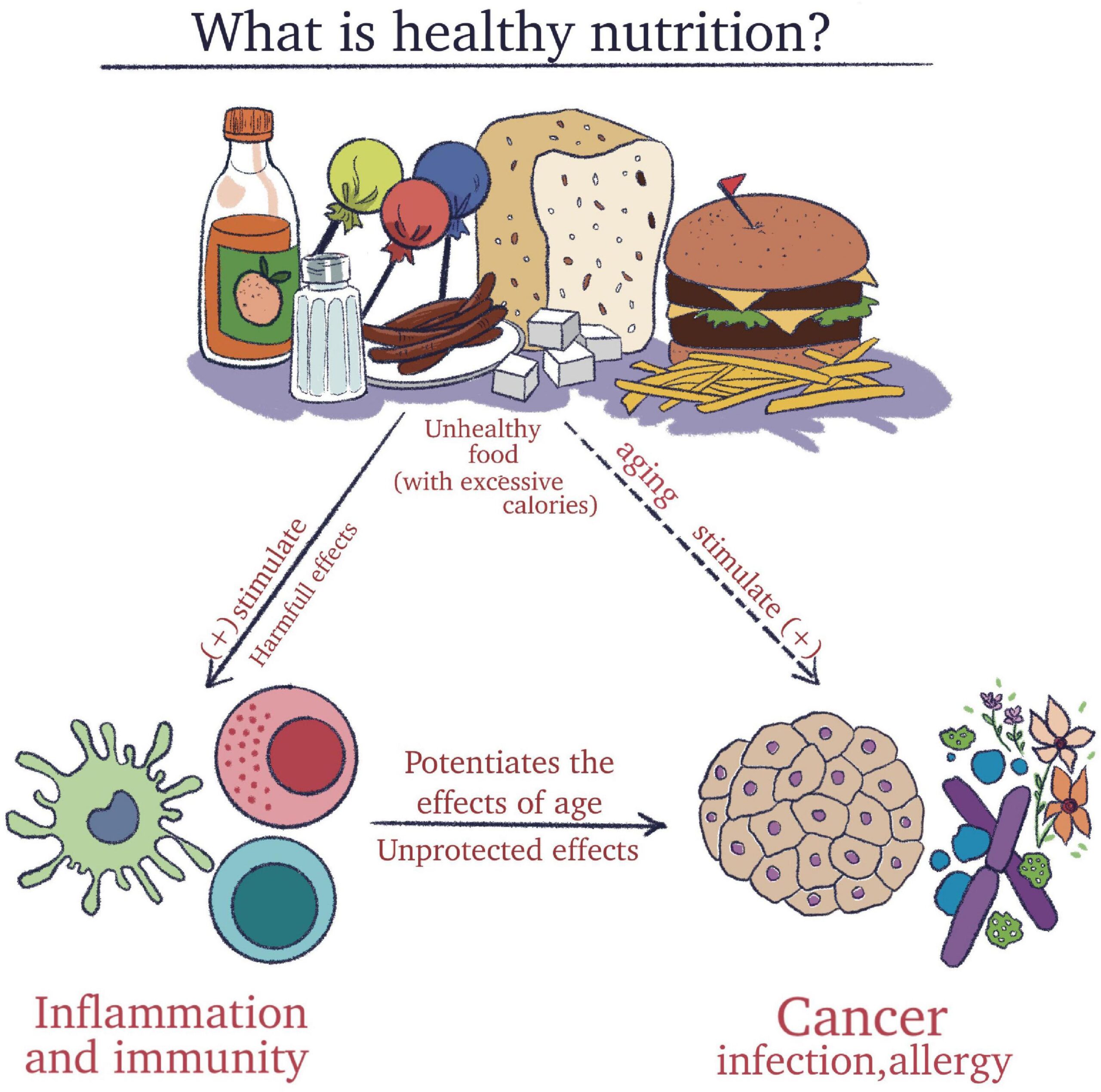Discuss the role of health and fitness in managing and preventing chronic diseases and conditions.
Learn how managing chronic diseases with health and fitness can improve your well-being. Explore effective strategies for prevention.

Health and fitness play a crucial role in managing and preventing chronic diseases and conditions. Chronic diseases, such as heart disease, diabetes, obesity, hypertension, and certain types of cancer, are leading causes of death and disability worldwide. However, many of these diseases can be effectively managed or even prevented through a combination of a healthy lifestyle, regular physical activity, and a balanced diet. Here's a detailed discussion of the role of health and fitness in managing and preventing chronic diseases:
Weight Management
: Maintaining a healthy weight is essential for preventing and managing chronic conditions like obesity, which is a major risk factor for many diseases. Engaging in regular physical activity and consuming a balanced diet can help individuals achieve and maintain a healthy weight.
Heart Health:
Cardiovascular diseases, including heart disease and stroke, are among the leading causes of death globally. Regular exercise can help lower the risk of heart disease by improving heart function, reducing blood pressure, and managing cholesterol levels.
Diabetes Control:
Type 2 diabetes, which is closely linked to obesity and lifestyle factors, can often be prevented or managed through a combination of weight management, regular physical activity, and a healthy diet. Exercise helps the body use insulin more efficiently, which is crucial for diabetes management.
Hypertension Management:
High blood pressure is a significant risk factor for heart disease and stroke. Regular physical activity and a diet rich in fruits, vegetables, and whole grains can help lower blood pressure and reduce the risk of hypertension.
Cancer Prevention:
While not all types of cancer are preventable, a healthy lifestyle can reduce the risk of certain cancers. Regular exercise, a diet high in fruits and vegetables, and avoiding tobacco and excessive alcohol consumption can contribute to cancer prevention.
Bone Health: Osteoporosis is a condition characterized by weakened bones, which can lead to fractures. Weight-bearing exercises, such as walking and resistance training, can help improve bone density and reduce the risk of osteoporosis.
Mental Health:
Mental health is closely connected to physical well-being. Regular exercise is known to reduce the risk of depression and anxiety, and it can improve overall mood and cognitive function. Stress reduction through exercise also plays a role in preventing stress-related chronic diseases.
Improved Immune Function:
Regular physical activity can enhance the immune system's function, making the body better equipped to fight off infections and chronic diseases.
Better Sleep: Quality sleep is essential for overall health. Regular physical activity can improve sleep patterns and help prevent sleep-related chronic conditions, such as sleep apnea and insomnia.
Lifestyle Factors: Beyond exercise, other lifestyle factors such as a balanced diet, not smoking, limited alcohol consumption, and stress management also contribute to preventing and managing chronic diseases.
In summary, health and fitness are integral components of managing and preventing chronic diseases and conditions. Embracing a healthy lifestyle that includes regular physical activity and a balanced diet can significantly reduce the risk of developing these conditions and improve the quality of life for those already living with them. It's essential for individuals to consult with healthcare professionals to develop personalized strategies for managing and preventing chronic diseases based on their specific health needs and conditions.
Regular Health Screenings
Maintaining health and fitness often goes hand in hand with regular medical check-ups and screenings. These screenings can help detect chronic diseases in their early stages when they are more manageable. For example, regular blood pressure checks, cholesterol tests, and cancer screenings are essential for early detection and intervention.
Medication Management: For individuals already living with chronic conditions, a healthy lifestyle can complement medical treatment. In some cases, lifestyle changes can even reduce the need for medication or enhance its effectiveness. However, it's crucial to consult with a healthcare provider when considering changes to medication.
Education and Awareness: Promoting health and fitness also involves educating individuals about the risks associated with chronic diseases and how they can be prevented or managed. Public health campaigns and access to reliable health information play a vital role in increasing awareness and encouraging healthy behaviors.
Social Support: Maintaining health and fitness is often more successful when individuals have a support system. Whether it's through group exercise classes, support groups for specific conditions, or simply having friends and family who encourage healthy habits, social support can be a significant factor in disease management and prevention.
Aging Gracefully: As individuals age, they become more susceptible to chronic diseases. However, a commitment to health and fitness can help improve overall quality of life in older adults. Regular exercise can enhance mobility, maintain cognitive function, and reduce the risk of age-related chronic conditions.
Personalized Approach: It's important to recognize that there's no one-size-fits-all approach to health and fitness in chronic disease management and prevention. Individuals have unique needs and circumstances, and healthcare providers can offer personalized guidance based on factors like age, gender, genetics, and existing health conditions.
Behavioral Change: One of the most significant challenges in managing and preventing chronic diseases is changing unhealthy behaviors. Effective health and fitness interventions often involve strategies for behavioral change, such as setting realistic goals, developing healthy habits, and addressing barriers to adopting a healthier lifestyle.
Environmental Factors: Environmental factors, such as access to nutritious food and safe places for physical activity, also play a role in managing and preventing chronic diseases. Advocating for policy changes that promote healthier environments can be part of a comprehensive approach to disease prevention.
In conclusion, health and fitness are cornerstones of managing and preventing chronic diseases and conditions. A holistic approach that combines regular physical activity, a balanced diet, medical screenings, social support, and personalized guidance can significantly reduce the risk of developing chronic diseases and improve the well-being of those already living with them. Taking proactive steps toward a healthier lifestyle can lead to a longer, more fulfilling life with fewer complications from chronic diseases. It's never too late to start making positive changes for better health and well-being.
Technology and Tracking: Modern technology has provided tools and apps that can help individuals monitor their health and fitness. Wearable devices like fitness trackers and smartphone apps can help people track their physical activity, nutrition, and vital signs. This data can be valuable in understanding one's health and making necessary adjustments.
Nutrition and Diet: Proper nutrition is a fundamental aspect of health and fitness. A balanced diet that includes a variety of nutrients is crucial for overall well-being. For chronic disease prevention and management, diets low in processed foods, saturated fats, and added sugars while high in fruits, vegetables, whole grains, lean proteins, and healthy fats can be particularly beneficial.
Stress Reduction: Chronic stress is associated with various health problems, including heart disease and mental health conditions. Engaging in stress-reduction techniques such as mindfulness meditation, yoga, and deep breathing exercises can help manage stress and promote overall health.
Community Engagement: Community-based programs and initiatives that promote health and fitness play a significant role in disease prevention. These programs can provide a supportive environment for individuals to adopt healthier lifestyles, exchange information, and share experiences.
Long-Term Commitment: Managing and preventing chronic diseases is not a short-term endeavor. It requires a long-term commitment to maintaining healthy behaviors. Consistency is key, and individuals should strive to make health and fitness a lifelong priority.
Health Literacy: Understanding health information, including medical advice and treatment plans, is crucial for individuals with chronic conditions. Improving health literacy empowers individuals to take an active role in managing their health and making informed decisions.
Research and Innovation: Ongoing research in the fields of medicine and health sciences continues to provide new insights into chronic disease prevention and management. Innovations in treatments, medications, and lifestyle interventions offer hope for better outcomes in the future.
Social Determinants of Health: Recognizing that factors such as socioeconomic status, education, and access to healthcare can significantly impact an individual's ability to manage and prevent chronic diseases, efforts should be made to address social determinants of health to ensure equitable access to health-promoting resources.
Preventive Healthcare: Regular preventive healthcare, including vaccinations and screenings, can help identify and address potential health issues before they become chronic diseases. Vaccinations, in particular, are vital for preventing infectious diseases that can have long-term health consequences.
In summary, health and fitness are integral components of managing and preventing chronic diseases and should be viewed as a lifelong journey. By adopting and maintaining a healthy lifestyle that includes regular physical activity, a balanced diet, stress management, and other health-promoting practices, individuals can significantly reduce their risk of developing chronic diseases and enhance their overall quality of life. Additionally, ongoing research, community support, and healthcare advancements all contribute to the ongoing fight against chronic diseases, providing hope for healthier futures.
What's Your Reaction?
















